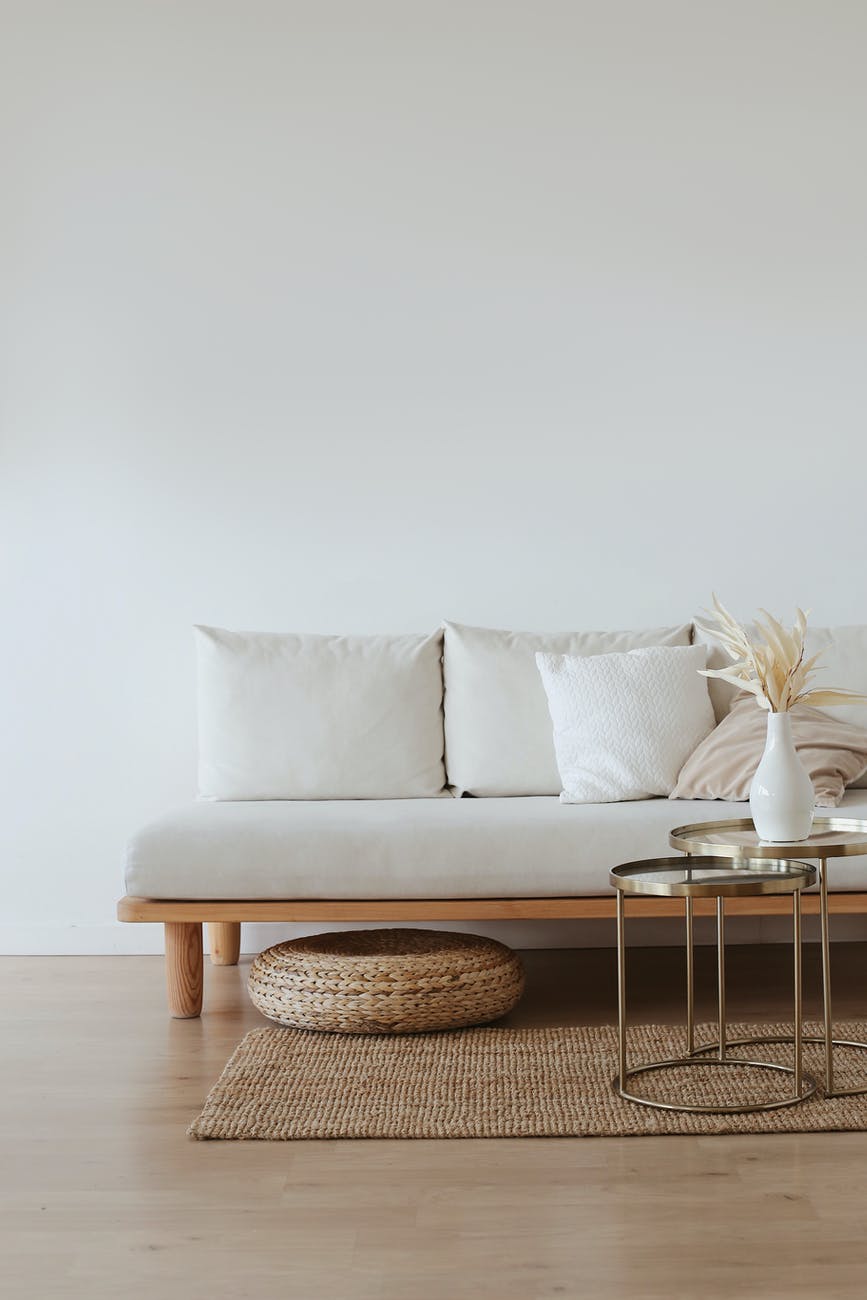Should you start buying insurance for all your luxury bling?

What happens if your prized jewellery, watches or branded bags get damaged in a fire? Here’s how you can insure your luxury possessions to save yourself from the financial heartache.
When we think about insurance, we think about insuring all the necessities. This typically includes life, health and critical illness plans. We also have to purchase mandatory insurance plans for specific circumstances, such as maid insurance and car insurance.
Other types of insurance plans such as travel insurance and personal accident plans can sometimes be deemed as a good-to-have, although it’s always better to err on the safe side and insure yourself against the unexpected.
When it comes to luxury items, purchasing insurance that will cover its value might not be something at the top of the list. However, it can help with the financial heartache when such items are lost or damaged.

Luxury items such as your branded bags, watches, jewellery, gold and collectibles are prized possessions that are costly to replace. For some items, you might not even be able to find a direct replacement.
Fans of Lupin (a popular, riveting Netflix show about a gentleman thief) will remember the hefty insurance payout of the prized diamond necklace owned by the Pellegrini family being key to the main plot.
Similarly, insurance for such items helps you to cover the cost of losing these precious possessions. You can use the reimbursed money to re-purchase or replace the product, or simply keep the cash.
Understandably, although some items might hold irreplaceable sentimental value, getting some form of compensation is better than nothing at all.
Besides luxury items, you can also consider buying insurance for other costly products such as electronics or even your fancy home office chair. This can come in the form of an extended warranty. For example, get your Apple products covered for up to three years instead of one when you purchase AppleCare.
If you’re someone with these luxury items in your possession, here are some of the insurance plans you can consider. We break it down into two main types of insurance plans: the ones specific to the item and generic home insurance plans that cover all your home contents.
While home insurance can provide some degree of coverage, there are typically upper limits to the home contents coverage, which might not cover the full value of your luxury item.
Here are some of the insurance plans available for luxury possessions such as jewellery, artwork, wine, collectibles and antiques.
| Type of insurance | Key features |
| Valuable articles insurance (Chubb) | Worldwide coverage for jewellery, fine art, antiques, wine collections, manuscripts, silverware, musical instruments, stamps, sports gear and more.If you suffer a loss, your valuable item will be replaced or repaired up to the insured limit. You can also receive compensation for reduction in market value, or opt to receive cash when an item is irreparably damaged or lost. |
| Jewellery collection insurance (Chubb) | This includes your rings, necklaces, bracelets, watches and more.Receive 100per cent of the insured value of the jewellery, with no excess or depreciation in the event of a total covered loss. The market value is determined from the start. This protection is provided no matter where you are – at home or overseas. |
| Art collection insurance (Chubb) | Receive 100per cent of the agreed insured value for your pieces of art in the event of a total covered damage or loss. You can choose to have your damaged piece repaired, replaced or opt to receive cash settlement in the event of irreparable damage or loss. |
| ArtPlus by AXA | A high-value household insurance plan, ArtPlus provides specialised insurance for art and collectibles, while also covering buildings, general contents, jewellery and watches, and personal liability. This coverage is worldwide and covers your artworks while they are in transit.AXA also has a handful of other art insurance solutions for specific needs. |
Do note that these insurance plans could be named differently, depending on the insurer. The premiums for these insurance plans are specific to you and would depend on your coverage request.
One way to keep valuable items in your home safe is to store it in a safe deposit box. Physical protection aside, homeowners should also get a home insurance plan to help repair or replace one’s belongings should they be damaged by perils such as fires, vandalism, burglary and more.
These belongings refer to typical home items such as furniture, crockery, kitchen appliances and electronics like your laptop. It can also include items like your jewellery, money, branded bags, watches, legal documents and even frozen food.

To protect your expensive possessions at home, you should look for a home insurance plan with high coverage for loss or damage to your home content and valuables. This can range from $20,000 to more than $500,000. Some insurers such as AXA and AIG even offer customisable coverage that’s suitable for homes with high-value items.
How much coverage you need would depend on how much the items in your home are worth. You can start by calculating the value of the items in your home and even consider getting some items, such as family jewellery, appraised.
Do keep in mind that there is typically a sub-limit for your claims under ‘valuables’ of home contents. For example, this could be a fraction of the sum insured for contents, or a value limit such as $7,000 per item.
Besides the coverage for home contents, you should also look out for:
This article was first published in SingSaver.com.sg.